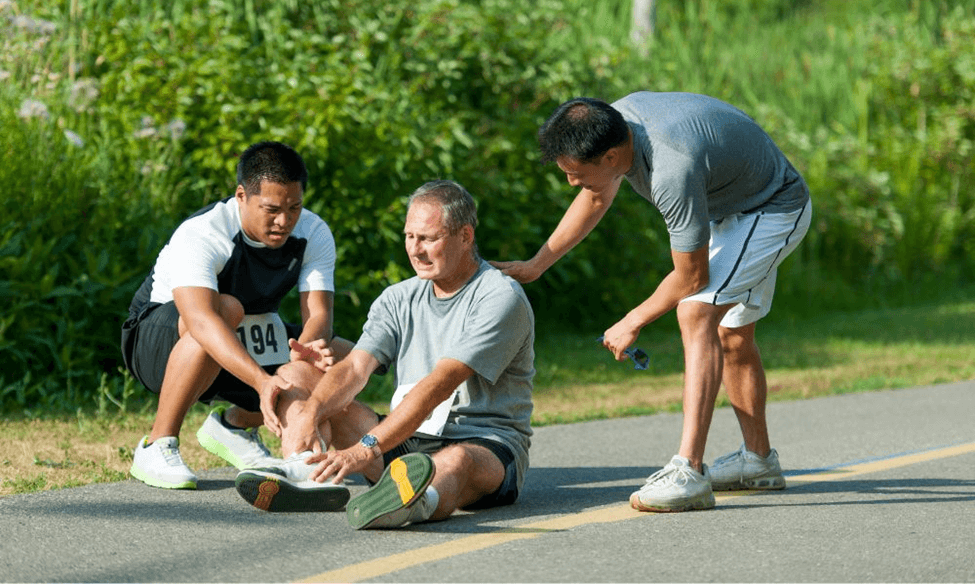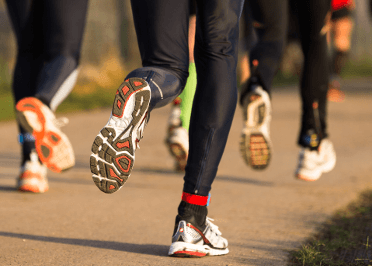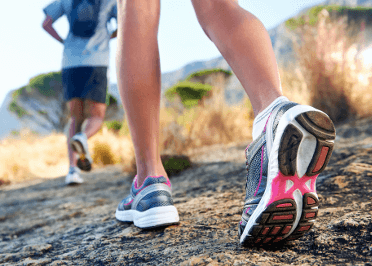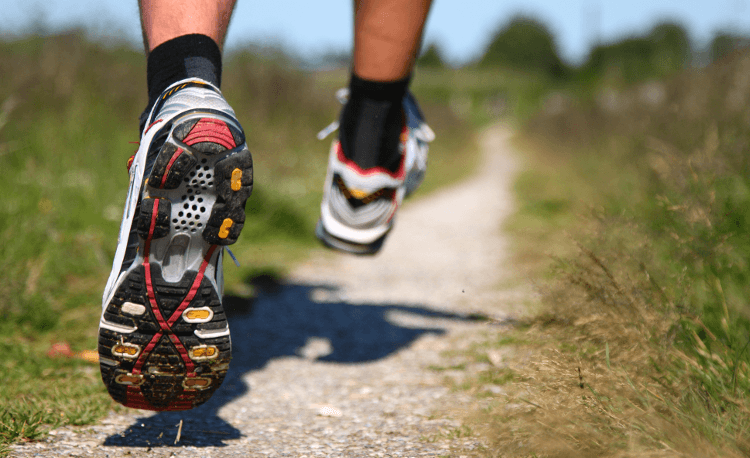Common Injuries Runners Face and How to Avoid Them
Avoid these common running injuries with our helpful tips and solutions.
Common Injuries Runners Face and How to Avoid Them
https://contoursrun.co.uk/avoid-common-running-injuries
Runners face a variety of injuries, from minor strains and sprains to major problems.
We’ll focus on some of the common injuries that runners face and how to avoid them.
Runners face a number of injuries, including shin splints.
These painful conditions occur when the muscles on the inside of the tibia become inflamed. Often, they occur with sudden changes in running routine or when a runner increases mileage too quickly. Fortunately, there are ways to prevent and treat shin splints.
 To prevent shin splints, runners should wear athletic shoes that provide good support. The shoes should not be too flat or too high. Wearing supportive shoes can also help to eliminate the repetitive stress that a runner's body puts on the tibia.
To prevent shin splints, runners should wear athletic shoes that provide good support. The shoes should not be too flat or too high. Wearing supportive shoes can also help to eliminate the repetitive stress that a runner's body puts on the tibia.
Runners should also practice good form. They should keep their knees in line and relax their elbows. They should also be sure to run midfoot. Some running drills to practice include high knees, butt kicks, and backward running.
In addition to wearing supportive shoes, runners can use foam rollers to roll over tender areas. These exercises should be done daily for five to ten minutes.


Cross-training is also important in helping to heal shin splints. Cross-training can provide a good cardiovascular workout while reducing the repetitive stress on a runner's muscles.
It is also important to avoid running on hard surfaces. If hard surfaces are your only local option, try walking or running on your heels for 30 seconds, or try swimming instead.
Shin splints can be difficult to treat, but they are often easy to heal. If you are experiencing pain, visit your doctor or physical therapist. Your therapist can help you develop a good recovery routine.
A common injury in runners is also the all-too-familiar ankle sprain.
An ankle sprain happens when an athlete's foot twists inward and tears the ligaments in the ankle. The sprain usually heals with rest and ice.
Elevation can help limit swelling and discomfort, but with this type of injury there isn’t much else you can do besides getting plenty of rest.
Another common injury is muscle strain.
If this happens to you, in addition to stretching, you may need to use an ice pack to reduce inflammation and pain. It's also important to avoid overstretching the injured muscle.


Achilles tendinitis is another common injury in runners. It can occur when you transition from treadmill running to outdoor running too quickly. A change in running surfaces is a common trigger.
It's also possible to develop Achilles tendinitis due to overtraining.
The best way to avoid this painful issue is simply to slow down. Don't push too hard; adjust to new terrain gradually.
Runners are prone to IT band syndrome (ITBS) because their knees tend to twist and bend when running.
The IT band is a band of muscles that runs from the top of the hip to the knee. The band is extremely strong, but it also requires a lot of strength to stabilize the pelvis and thigh.
When the band is tight, it can cause pain, irritation, and swelling. IT band syndrome may happen due to overuse or biomechanical problems. Runners who experience IT band syndrome should see a doctor to get the correct diagnosis and treatment.
The goal of treatment is to prevent the pain from worsening. The first step is to stop doing activities that cause pain. The next step is to improve your form. This can be done by running more slowly, or shortening your stride.
Another treatment involves icing. Ice helps decrease inflammation. A cold pack should be applied for 10 to 15 minutes. It can also be wrapped in a towel and frozen. Applying ice regularly may speed up the healing process of your knee.
In addition to icing, you may also want to try foam rolling. This helps break up adhesions in the IT band. You should do this three times a day.
Ideally, you should see a physical therapist. A physical therapist can help diagnose and treat IT band syndrome. They can also help you develop a rehabilitation program. Depending on how long you've had the problem, your doctor may recommend surgery or other treatment options.
Another common running injury is Patellofemoral Pain Syndrome, colloquially referred to as runner's knee. This injury is most common in runners who have a tendency to overtrain.
You should take a break from running if you experience pain. It's also a good idea to see an exercise professional to learn how to improve your running technique.

You should also check your running shoes for signs of wear and tear. Runners should replace their shoes every 400 to 600 miles.
Runners are also susceptible to foot injuries such as stress fractures. These cracks form over time in weight-bearing bones.
If you’re running, it’s important to know how to run properly. Runners should lean forward from the waist, which will reduce the impact forces on the hips. This can also reduce back pain.
Another way to prevent stress fractures is to wear proper footwear – good running shoes.
Runners should try to keep a high stride frequency, which can reduce the load on the bones. The ideal stride frequency is 180 steps per minute.


Another way to prevent stress fractures is to maintain a healthy diet. The right foods can speed up the recovery process.
Runners should also take proper hydration. Drinking plenty of water will keep your body hydrated and reduce the stress on your bones.
Whether you're an avid cross country runner or just getting into the sport, you need to be aware of common injuries and how to avoid them. Injuries can sideline you and limit your motivation.
The most common injuries include – again – knee, ankle and foot injuries. Injuries can be caused by poor form or overstretching.
To prevent injuries, listen to your body and rest when you feel pain. It's best to avoid overstretching, which can result in a pulled muscle or a sprained toe.

In addition, running on an uneven surface can increase the risk of injuries. Cross country runners need to pay attention to proper form and use proper shoes. Also, be sure to hydrate before and after the run. This will protect your cartilage and soft tissue from injury.
Athletes should also pay attention to the weather. High temperatures and humidity can increase the risk of heat stroke. Avoid too much sun.